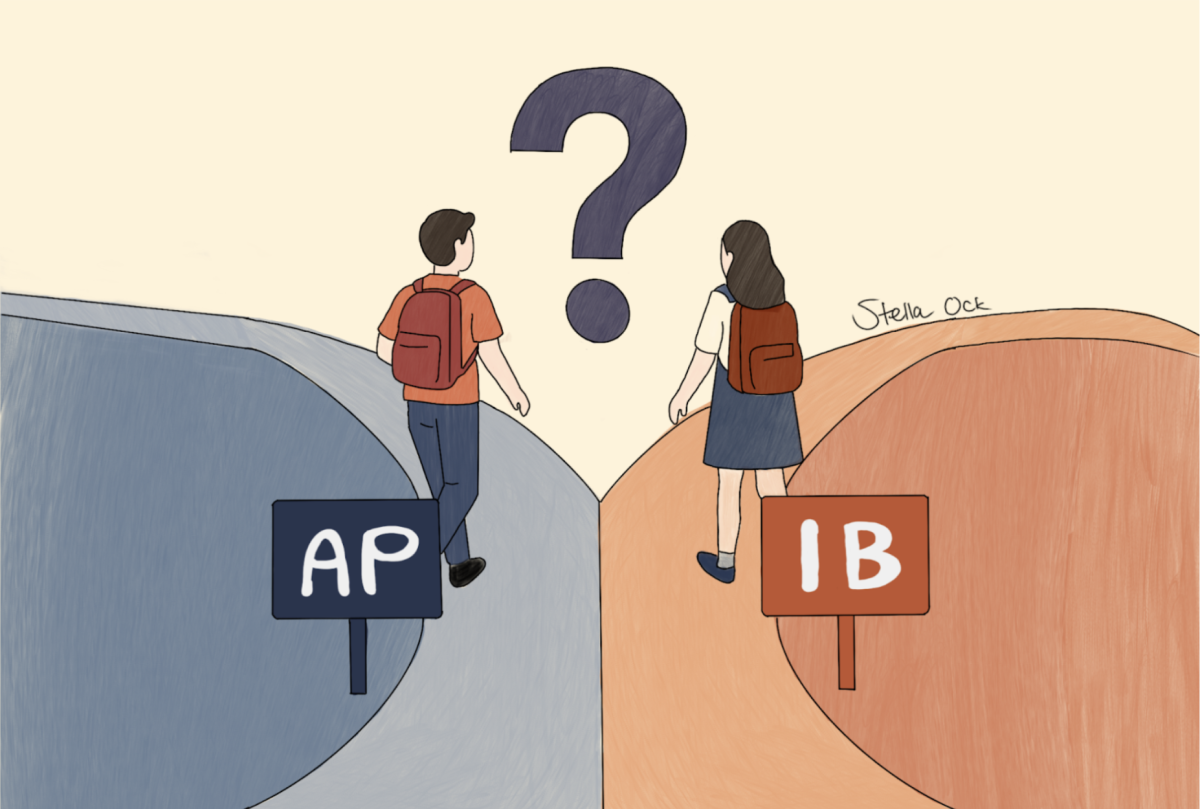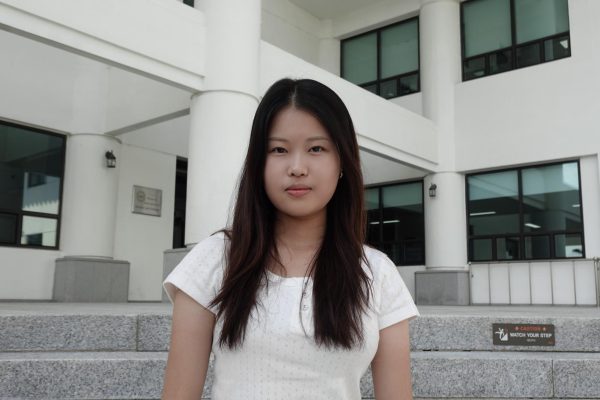At first glance, Advanced Placement (AP) and International Baccalaureate (IB) might seem like two versions of the same thing: rigorous academic programs designed to prepare students for college. In reality, the two systems follow very different structures, philosophies and approaches to learning. While SIS only offers the AP system, understanding IB provides perspective on the differing academic paths
The AP system, created in the US, allows students to choose each college-level course. There is no full program requirement; students can limit it to a single AP class or load their schedules with five or six. This flexibility makes AP ideal for students who want to specialize in certain subjects or narrow down their academic focus.
In contrast, the IB Diploma Programme (IBDP) is a comprehensive, two-year curriculum. To earn the full diploma, students must take six courses across a variety of disciplines: language, science, math, and the arts. IB tends to go beyond simple tests, as students also complete three required components: Theory of Knowledge (TOK), a philosophy-like class; the Extended Essay (EE), a 4,000-word independent research paper; and CAS (Creativity, Activity, Service), a portfolio of extracurricular experiences. These three components are completed over the entire two-year program, in addition to regular assessments for each subject.
“There were so many essays to write back in my previous IB school,” Sungjoon Hur (10), a former SFS student, said. “I am not so sure about the high school curriculum since I came to SIS, but I frequently hear from my friends that the IB system is way more intense in terms of writing and long-term projects.”
Students also note the differences in the classroom culture between the two systems. IB classes tend to emphasize discussion and collaboration, encouraging students to reflect on how their knowledge connects across subjects. AP classrooms, by contrast, tend to be fast-paced and content-heavy, conducting more frequent quizzes and review sessions geared toward preparing for the final exam. While AP appeals more to independent, test-oriented learners, IB suits students who enjoy engaging in inquiry-based learning.
Each system comes with its own difficulties for students. AP can be overwhelming due to the intense speed of content delivery and the pressure to perform well on a single exam. At SIS, it is common to see students under significant stress during AP exam season, as the effort throughout the year is shown through the performance in just 2 weeks of the test period. This does not mean that a spread-out schedule is easier, however. IB demands long-term endurance; students must consistently manage essays, projects, and reflections across all subjects without a clear break.
Despite their structural differences, both AP and IB ultimately aim to develop critical thinkers, prepare students for college-level academics, and foster a deeper understanding of the world beyond the classroom.
In the end, debating which program is “harder” or “better” misses the point. Both AP and IB challenge students in different ways, and the value of each depends on the learner. That said, both systems carry academic prestige, and universities understand the rigor behind each. What truly matters in one’s academic journey is not just the name of the program, but how students engage with it.


